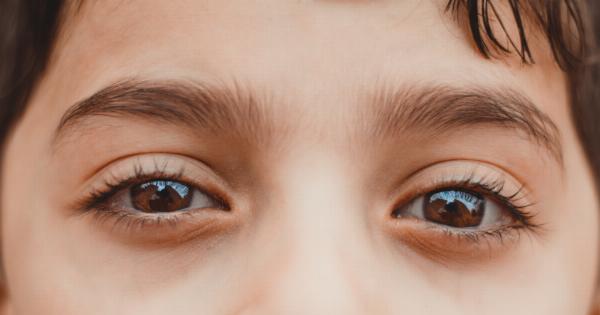Skin cancer is one of the most common types of cancer, but it is also one of the most treatable when detected early. Regularly checking for any signs or symptoms of skin cancer is crucial for early detection and effective treatment.
In this article, we will discuss the common symptoms of skin cancer, how to perform a self-check, and when to seek medical attention.
Types of Skin Cancer
There are three main types of skin cancer:.
1. Basal Cell Carcinoma (BCC)
BCC is the most common type of skin cancer. It often appears as a pinkish, pearly or waxy bump on the skin. It can also look like a scar or open sore that does not heal.
2. Squamous Cell Carcinoma (SCC)
SCC typically appears as a red, scaly patch or a sore that does not heal. It may also resemble a wart or a raised growth with a rough surface.
3. Melanoma
Melanoma is the most dangerous type of skin cancer. It can develop from an existing mole or appear as a new mole. Melanoma often has irregular borders, uneven coloring, and can be larger in size compared to other moles.
Symptoms of Skin Cancer
When checking for skin cancer symptoms, it is important to look out for the following signs:.
1. New or Changing Moles
If you notice a new mole or a change in the appearance of an existing mole, it may be a cause for concern. Look out for moles that have uneven borders, varied colors, or are larger than a pencil eraser.
2. Sores That Do Not Heal
Any sore or lesion on the skin that does not heal within a few weeks should be evaluated by a dermatologist. This can be a potential sign of skin cancer.
3. Changes in Skin Texture
Pay attention to any changes in the texture of your skin, such as roughness, scaliness, or the development of a hard lump. These changes could be indicative of skin cancer.
4. Itching or Bleeding
If you experience persistent itching or bleeding on the skin, especially in a specific area, it is important to have it checked by a medical professional.
5. Spots That Look Different
Keep an eye out for spots on the skin that look different from the surrounding area. This can include changes in color, size, or shape.
Performing a Self-Check
Performing a self-check for skin cancer is simple and can be done at home. Follow these steps:.
1. Examine Your Face and Scalp
Using a mirror, carefully inspect your face and scalp, paying close attention to your nose, lips, ears, and the area around your eyes.
2. Check Your Neck, Shoulders, and Chest
Using a mirror, inspect the front and back of your neck, as well as your shoulders and chest.
3. Examine Your Arms and Hands
Thoroughly check both arms, including the armpits, forearms, wrists, and palms. Don’t forget to examine the tops and undersides of your hands and fingers as well.
4. Inspect Your Torso
Stand in front of a mirror and carefully examine your torso, including your back, abdomen, and sides.
5. Check Your Legs and Feet
Sit down and examine your legs, paying close attention to your thighs, calves, ankles, and feet. Don’t forget to check the soles of your feet and the space between your toes.
When to Seek Medical Attention
If you notice any suspicious symptoms during your self-check or if you have any concerns about your skin, it is important to seek medical attention from a dermatologist.
They will be able to evaluate your symptoms, perform a thorough examination, and recommend further tests if necessary.
Remember, early detection is key in treating skin cancer effectively. Regular self-checks and professional screenings can help detect potential skin cancer at its earliest stage, increasing the chances of successful treatment.






















